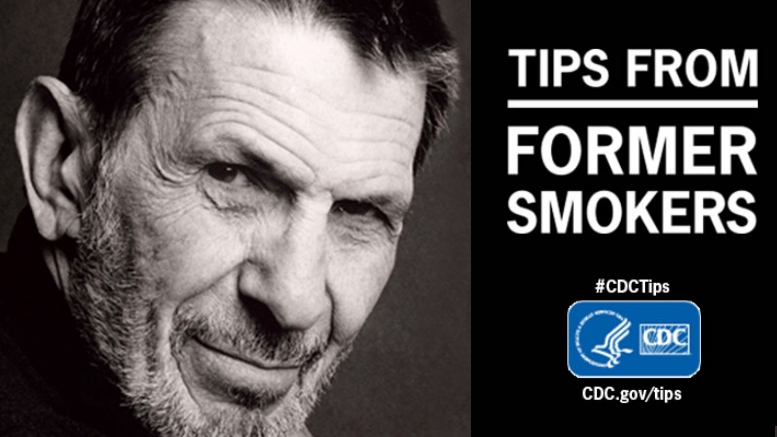The Value of (Dead) Celebrities

Here’s a Twist: Using A Dead Celebrity.
The 2 Guyz On Marketing teach that we live in a celebrity-crazed culture. Londre recently found an ad for the Centers for Disease Control using deceased Leonard Nimoy, best know for his role as Spock on the original Star Trek television series, a smoker who promoted cigarette smoking. Nimoy died in 2015.
His daughter and son-in-law gave their permission to use the likeness of Nimoy to educate people about the harmful effects of smoking/.
Why use celebrities:
- They may attract attention
- May increase a company or product’s image, and in this example the positives brought to you by the Centers for Disease Control.
- May boost company or product’s awareness
- Breaks through clutter
- Exploits celebrity’s popularity
- May increases company or product’s credibility
But the 2 Guyz have some questions for any brand manager:
- Is the celebrity appropriate for the product or service? Nimoy did quit smoking but developed COPD
- Does celebrity subtract from product or service? The 2 Guyz feel in this case he adds to the credibility.
- Does the celebrity add value, or generate a good impression? Nimoy helps sell the negatives of smoking
- It used to be about “gut feelings.” Now brand managers are asking to, “Show me the evidence that this is the right star or celebrity.”
- Does the celebrity add to the product’s image? He did develop COPD.
Other issues come to light with celebrity endorsements and spokes people. What happens to a brand when there’s a problem with the celebrity (think Tiger Woods or Colin Kaepernick. How long with the celebrity be with the brand? What happens if the relationship sours?
Long-term studies show celebrities can add awareness and potentially marketshare to a brand’s sales, but brands must carefuly measure the cost versus the increase in sales. Long-term studies have shown increases tend to be smaller than may might think, often in the low single digits of sales increases.
What do you think?





